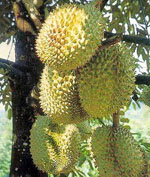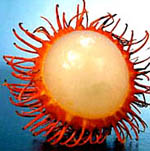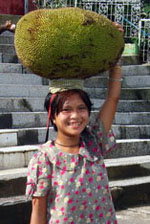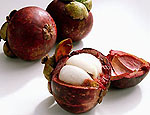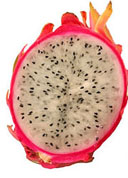Bacardi – The Taste of Freedom
Bacardi – The Taste of Freedom
One would probably not think, that a glass bottle of Original BACARDI Cuba could hold so much history. When the senses are taking in the look, the smell, the taste and the texture of the alcohol on the tongue, they’re taking in more then just a drink. They’re taking in the passion of a fellow Catalan wine merchant, they’re experiencing the first clear rum ever made and the taste of a brave opposition, to Fidel Castro’s revolution in Cuba.
History of Bacardi
In the 1800s rum was a wild and rambunctious drink for rascals and pirates. Cheap and strong, it was hardly ever sold in high-end taverns. The process of refining rum happened when Don Facundo Bacardi Massó immigrated to Cuba from Spain, in the year 1830. Using charcoal filters and aging the untamed rum in white oak barrels, he created the first clear, or “white”, rum in the world.
Bacardi Today
Bacardi is one of the most popular rums of all time, once being branded as the “King of Rums”. It’s the only brand that features the Mexican free-tailed bat as it’s logo. The logo came from the fruit bats that lived in the first distillery. The Bacardi industry eventually left it’s nest, the island of Cuba, to explore more of the world. Branching out and exploring Mexico then to Puerto Rico before finally reaching the United States in 1944. Now Bacardi has expanded overseas and has become a common household liquor, giving birth to the Mojito, the Daiquiri and the Cuba Libre. All well known drinks that are being ordered in bars all over the world. The drinks are also noted for having the citrus fruit, lime, in them.
The Cuba Libre
The Cuba Libre is literally translated into “Free Cuba”. Deriving from the war for independence in Cuba in the 1900s. The Bacardi family strongly opposed the oppression of dictator Fidel Castro. Their money going deep into the roots of the island of Cuba in attempts to stop the new leaders reign. A U.S officer named the drink after ordering a Rum and Coke®, with Bacardi rum, in an American Bar in Havana, Cuba. The drink was served with a fresh crisp lime wedge to add an extra zing of flavor to the classic beverage. The name came from a celebratory cheer made by the captain:“¡Por Cuba libre!” The Cuba Libre just recently celebrated it’s 110th anniversary. What better way to celebrate than to create the historic and delicious drink?
[ad] Empty ad slot (#1)!
